The History of Valletta
Valletta, the capital of Malta, was founded in 1566 by Grand Master Jean Parisot de la Valette, after the victory of the Knights of the Order of St. John over the Ottoman Empire in the Great Siege of Malta in 1565.
Valletta was erected on the Sciberras Peninsula, a site that dominated the two main harbors of Malta: the Grand Harbour and the Marsamxett Harbour. This ensured the defense of maritime routes and offered a clear view of potential threats.
The city was initially conceived as a fortification to protect the island against future Ottoman attacks. Its design was the work of military engineer Francesco Laparelli, who proposed an urban plan based on a grid, something revolutionary for the time.
Under the rule of the Knights of the Order of St. John, Valletta became a cultural and administrative center. The inns or auberges housed the knights, while the Grand Master’s Palace functioned as the seat of government. St. John’s Co-Cathedral, with its opulent decoration and art collection, including the famous painting by Caravaggio, symbolized the religious power of the order.
Valletta fell into French hands in 1798 when Napoleon Bonaparte captured it on his way to Egypt. However, his rule was brief, as the Maltese, supported by the British, rebelled. In 1800, the British established their control, turning Malta into a military bastion. Valletta transformed into a vital port for the British Empire during the 19th century, consolidating itself as a key base for naval operations in the Mediterranean.
The strategic importance of Valletta made it a key target during World War II. Between 1940 and 1942, Valletta and the rest of Malta endured a constant siege. German Luftwaffe and Italian Regia Aeronautica planes relentlessly bombed the city. There were more than 3,000 air raids on Malta during this period, which destroyed much of Valletta, including the historic Royal Theatre.
Malta was an outpost of the British Empire, and its port in Valletta became a vital base for the Royal Navy. From there, the British could disrupt Axis supply lines, especially fuel and supplies shipments to German and Italian forces in North Africa.
The population resisted bravely, and for their resilience, King George VI awarded the George Cross to the island in 1942. Malta was the only region to receive this high decoration, symbolizing the courage and unity of the nation. The Cross still represents the Maltese spirit and appears today on the national flag.
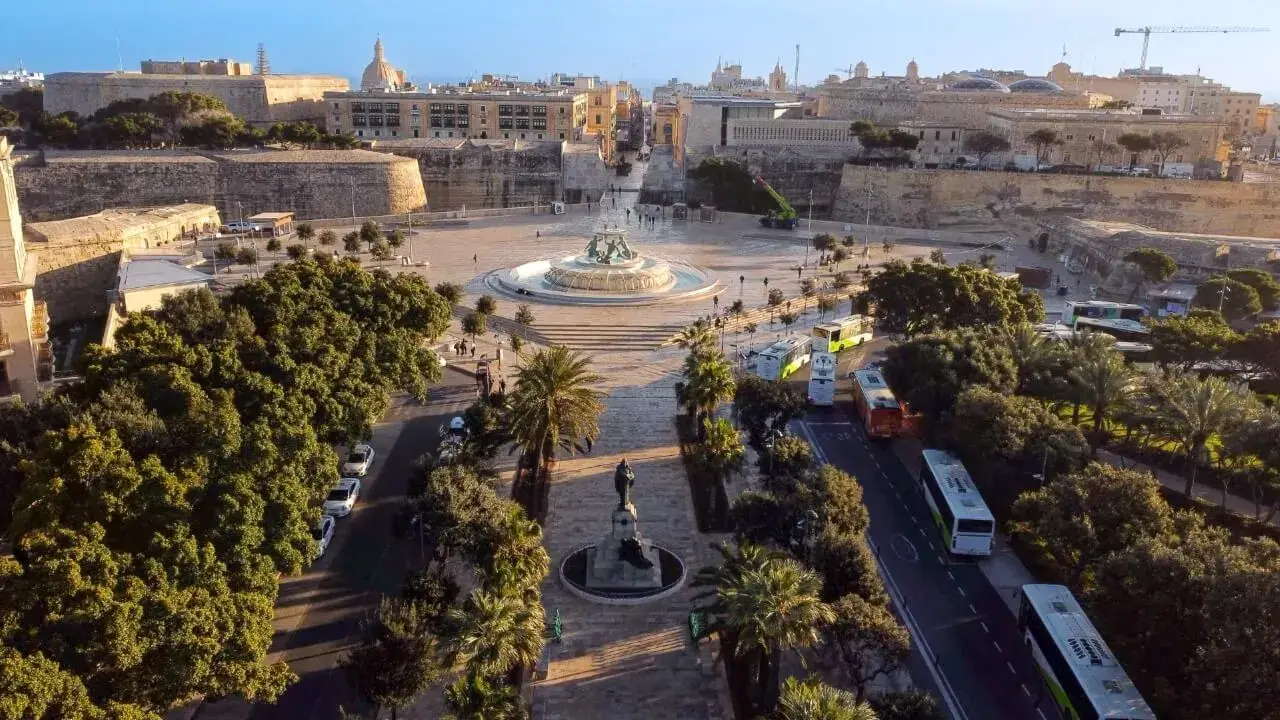
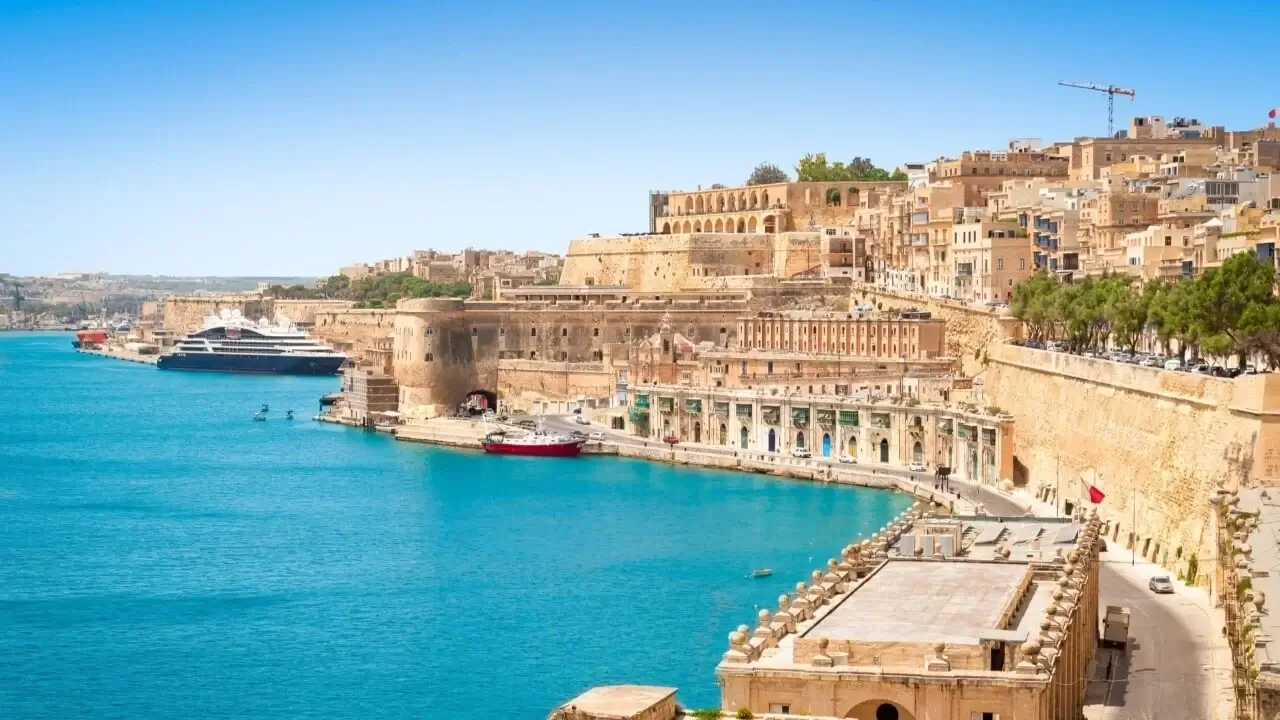
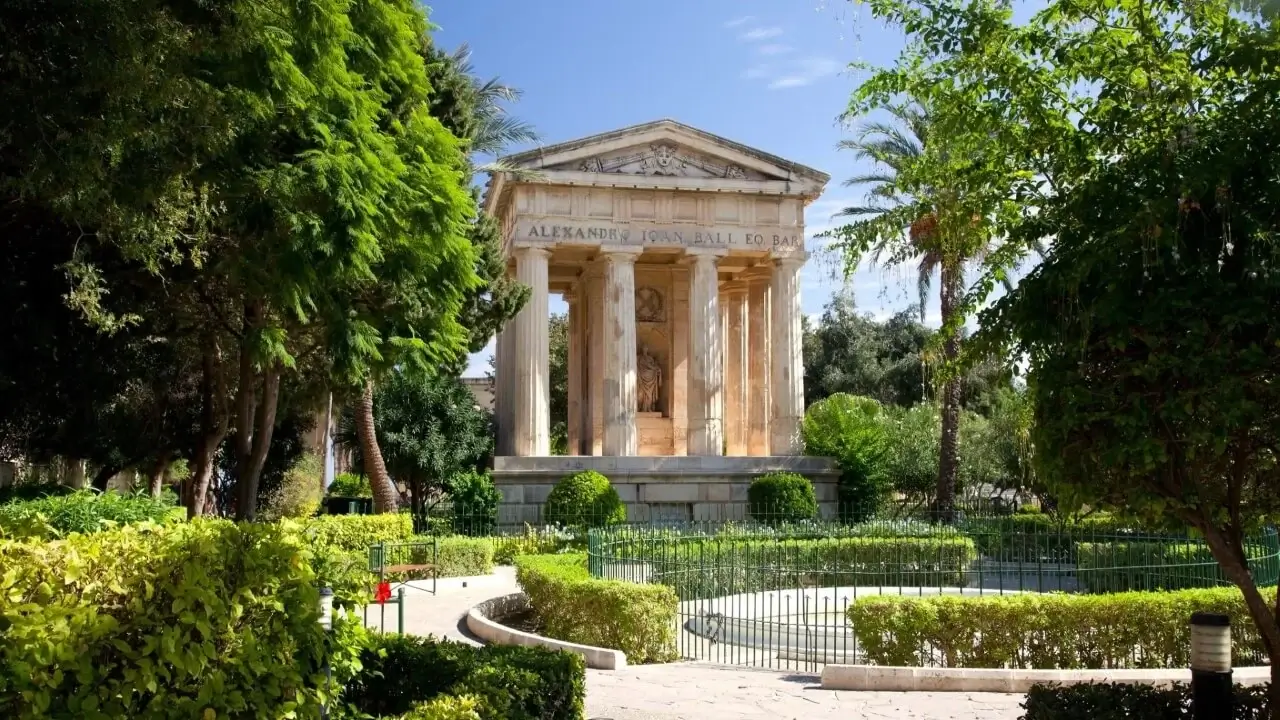
How to get to Valletta?
Getting to Valletta, the capital of Malta, is relatively straightforward as it is well-connected to the rest of the Maltese archipelago. The most popular means of transport in Malta is the bus, which offers an extensive and economical network that connects virtually all points of interest on the island.
If you prefer driving, you can rent a car at Malta Airport. Driving is on the left, British style, and there are underground parking lots in Valletta for visitors. Keep in mind that traffic within Valletta is restricted, and some main roads are completely pedestrian.
If you are in Sliema or St. Julian’s and plan to visit Valletta, you can take lines 13, 14, 15, 16, or 21, which will take you directly to Valletta. These buses operate frequently throughout the day, and the journey lasts approximately 20 to 30 minutes, depending on traffic.
Another recommended option is to take the ferry from Sliema. The Sliema Ferry provides a service that directly connects to Valletta in less than 20 minutes. This option is not only quick but also offers a delightful travel experience with spectacular views of the harbor and the city skyline from the water.
If you are in Mdina or Rabat and plan to visit Valletta, you can easily take one of the direct buses that connect these localities with the capital. Lines 50, 51, 52, 53, and 56 offer regular services to Valletta.
You can find all bus schedules on the official website of Malta Public Transport.
Must-Visit Places in Valletta
Valletta, the historic capital of Malta, offers a rich blend of culture, history, and modern activities that attract travelers from around the world. It is an essential place to visit in Malta and discover the most emblematic sites.
There are several must-visit attractions in Valletta that you should include in your itinerary. Start by exploring the National Museum of Archaeology, which houses an impressive collection of artifacts that tell the rich prehistory of Malta. Do not miss the opportunity to visit the St. John’s Co-Cathedral, known for its luxurious baroque interior and the famous works of Caravaggio housed there.
The Upper Barrakka Gardens offer one of the best views of the Grand Harbour and the Three Cities, being a perfect place to escape the urban bustle and immerse yourself in stunning panoramas. Continue your journey with a visit to Casa Rocca Piccola, a fascinating window into Maltese aristocratic life through the centuries. It is also worth exploring Fort St. Elmo, which houses the National War Museum, offering detailed insights into Malta’s crucial role in European military history.
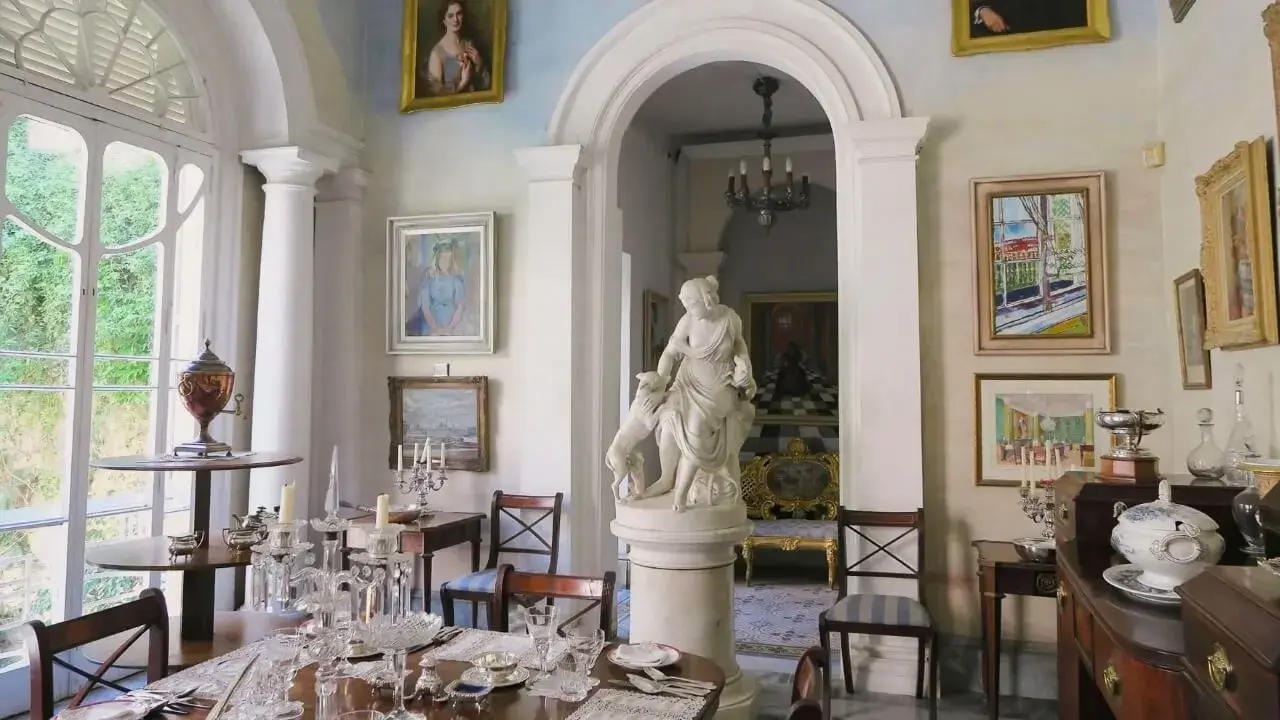
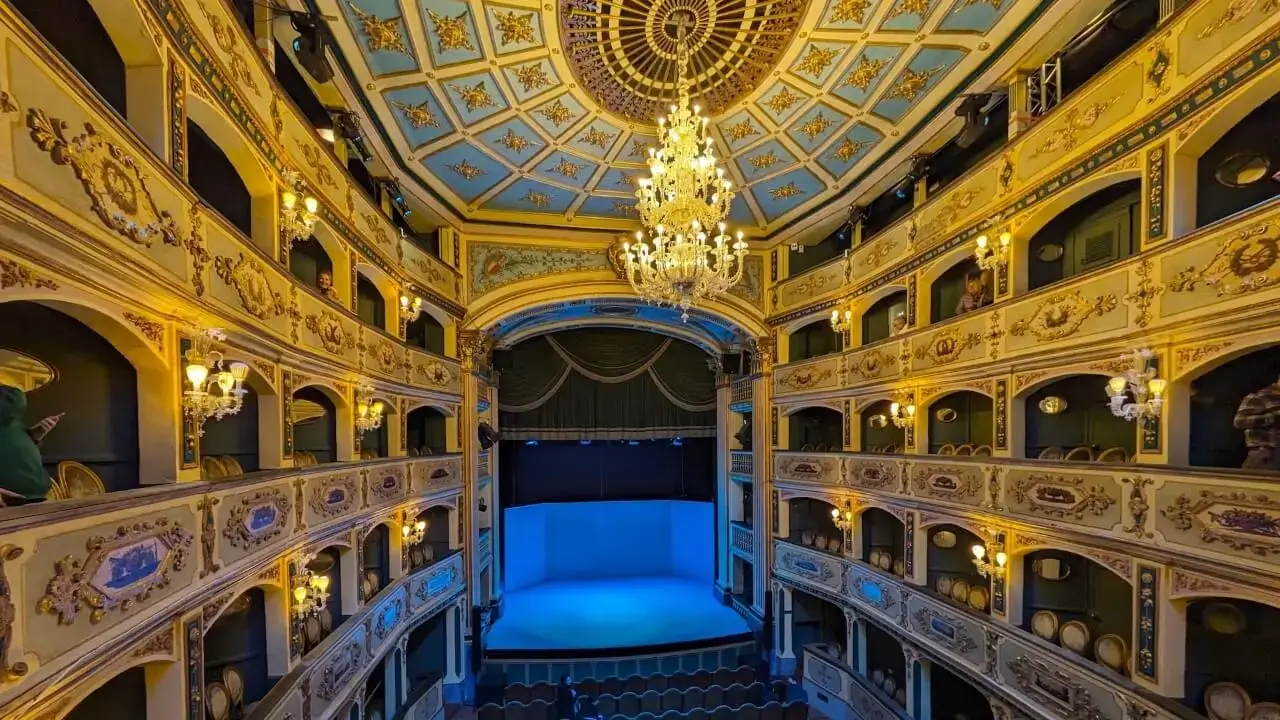
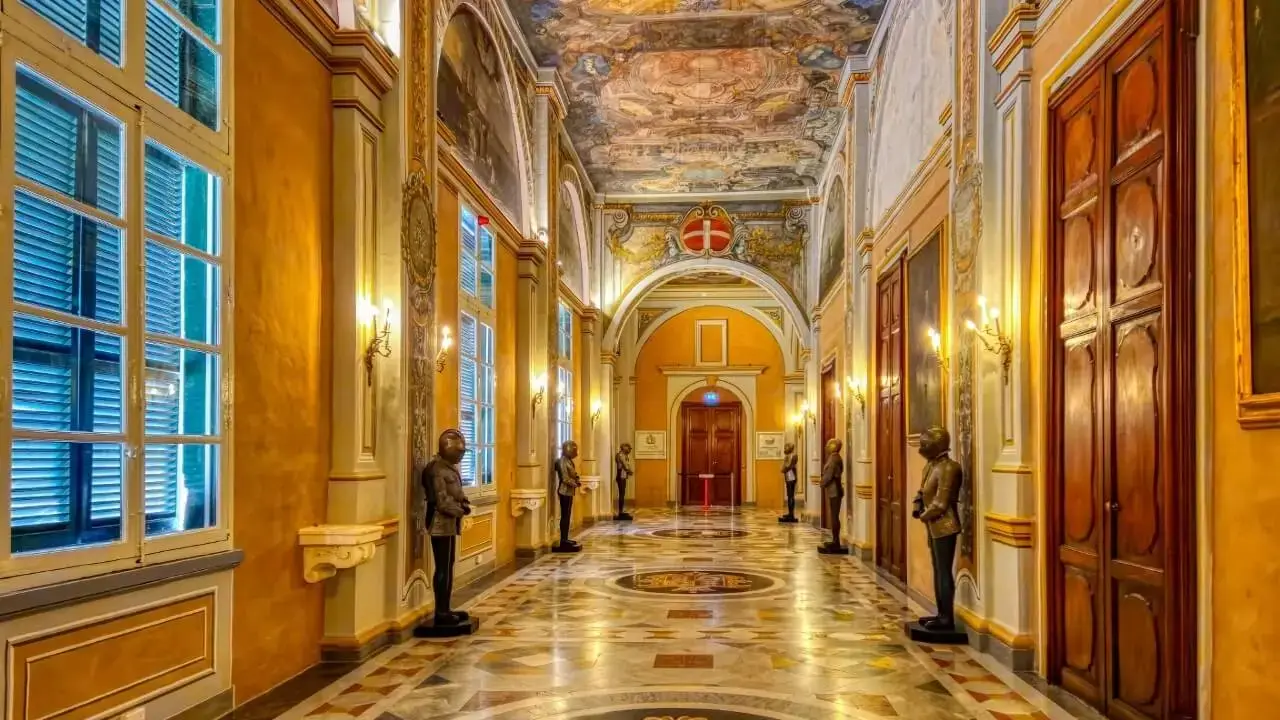
Where to Stay in Valletta?
Valletta offers a wide variety of accommodation options to suit all budgets and preferences. Here are some alternatives you might consider:
5-Star Hotels in Valletta
Iniala Harbour House
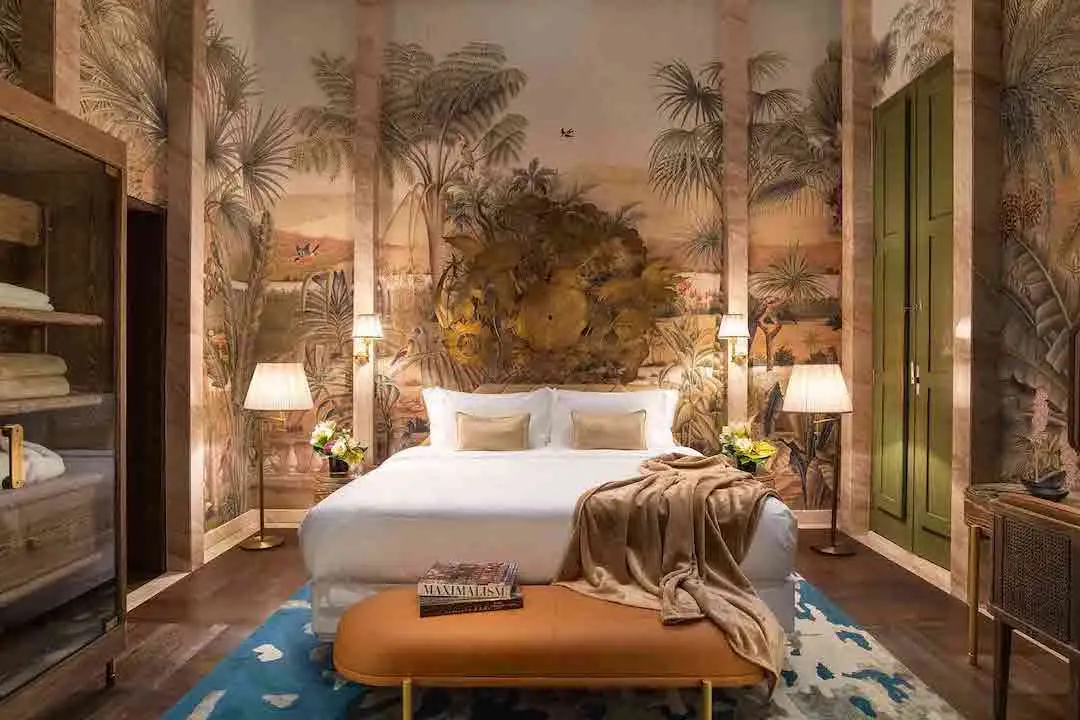
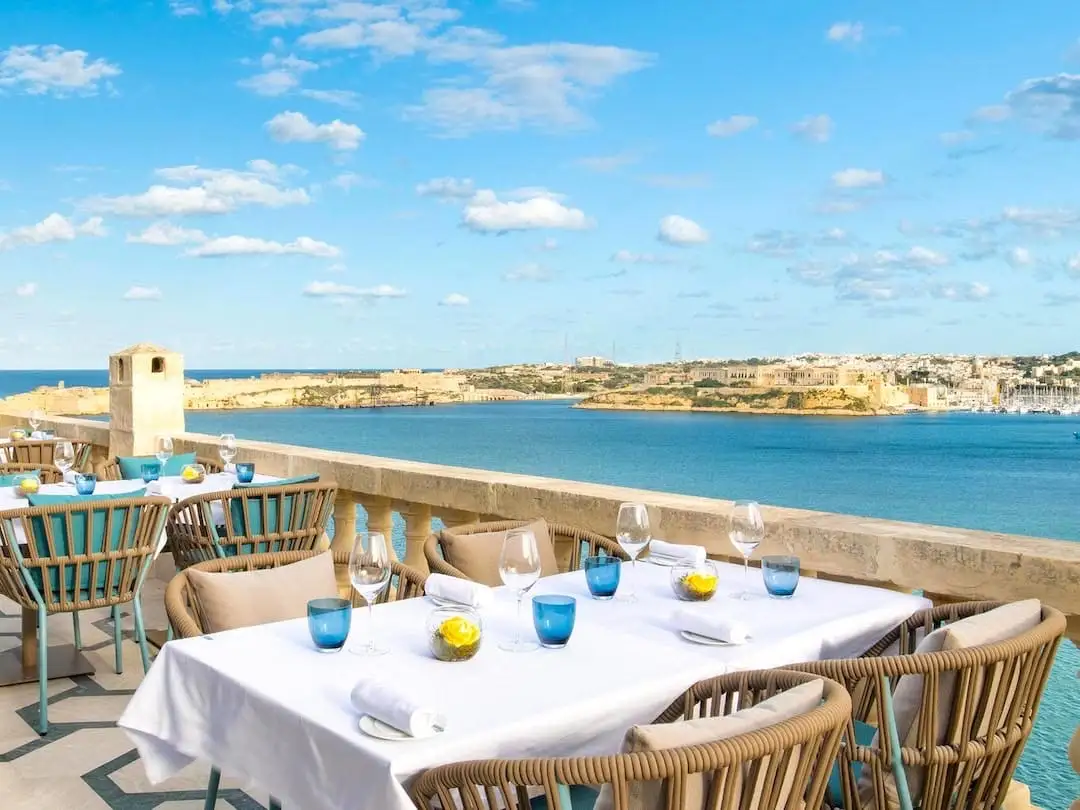
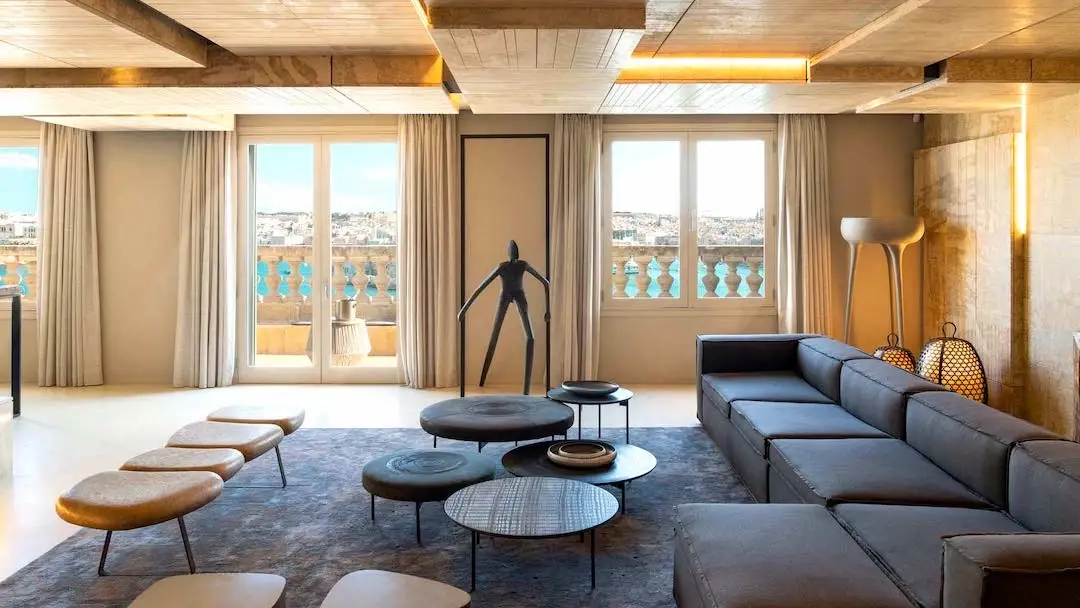
Iniala Harbour House, located in the heart of historic Valletta in Malta, is an exclusive 5-star luxury hotel housed in a characterful palace. With only 21 suites, it offers a highly personalized and exclusive service. This hotel has all the amenities expected in its category, including a stunning infinity pool overlooking the Grand Harbour, a luxurious spa called “l’Essensi”, and a private fitness club. Additionally, its restaurant, “ION Harbour” led by Simon Rogan, is proud to feature a Michelin star, noted for its high-quality, local, and seasonal cuisine, with menus that are constantly updated.
Rosselli – AX Privilege
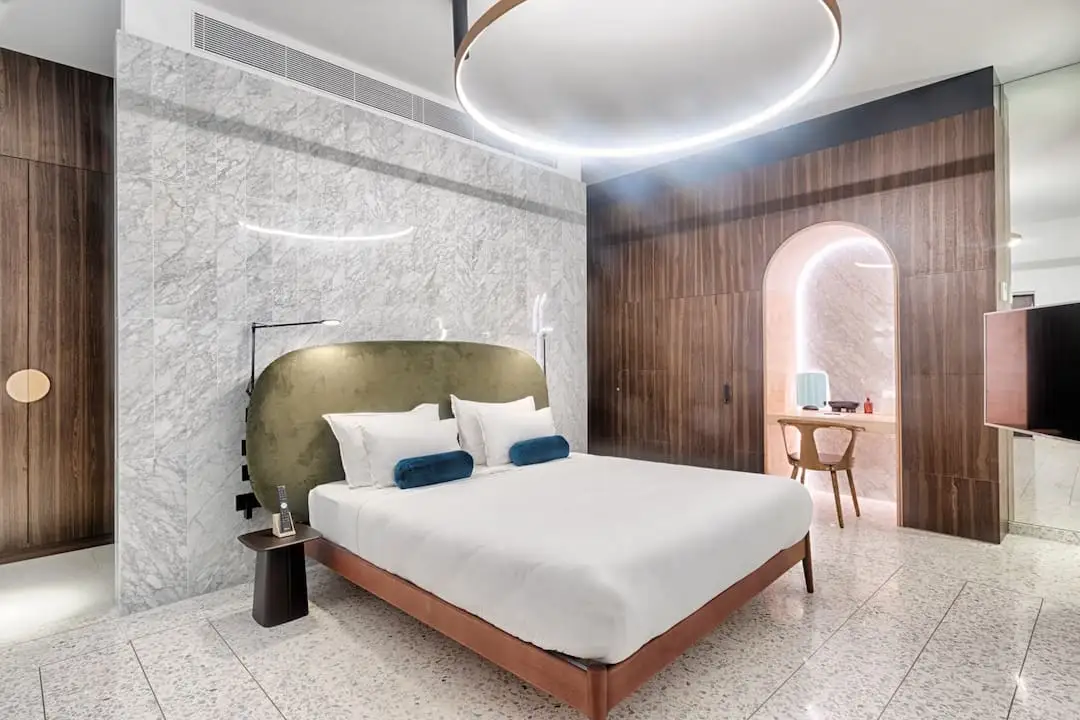
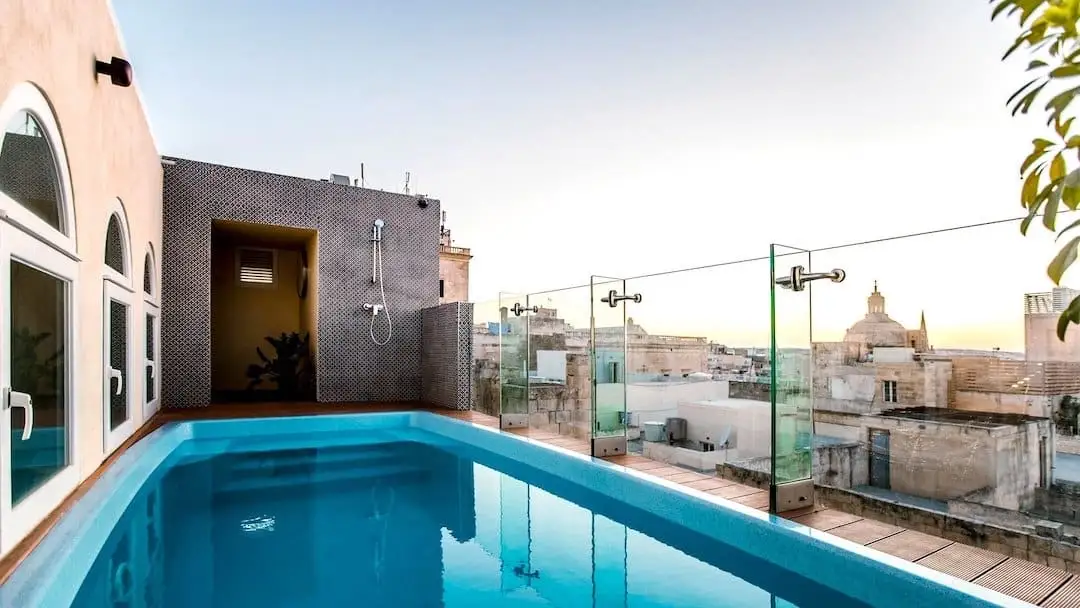
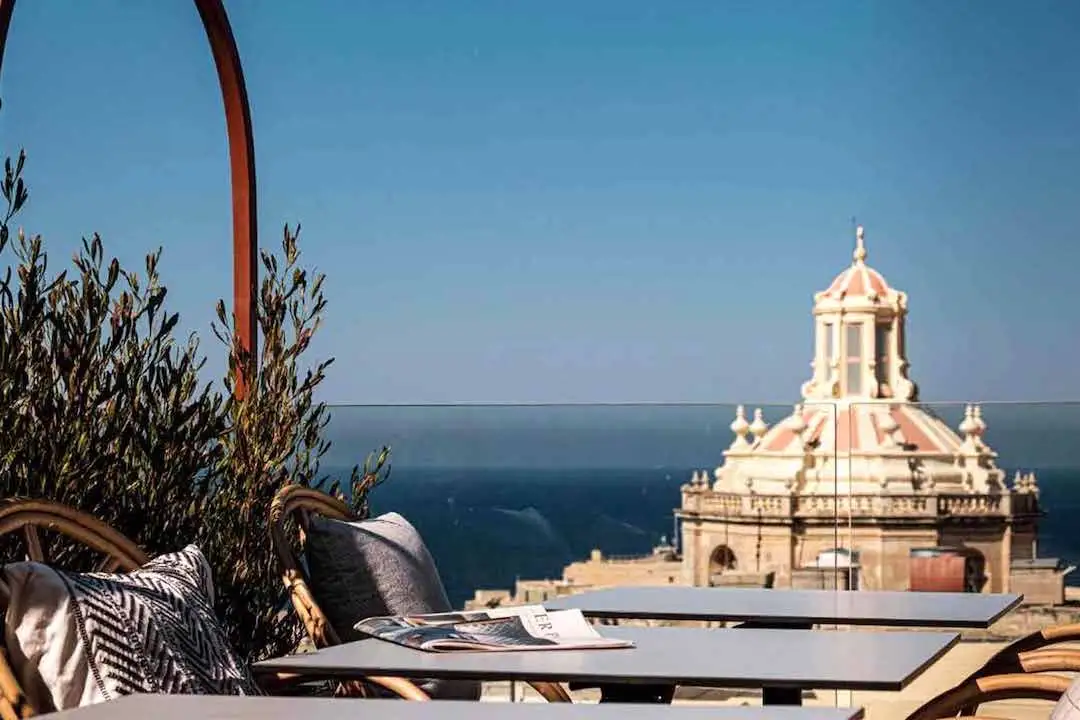
Rosselli AX Privilege is an intimate five-star hotel located in the heart of Valletta. This small luxury establishment, which combines the charm of a palace with that of a boutique hotel, has just 25 unique rooms and suites, giving it an exclusive feel. Despite being the smallest five-star hotel in terms of facilities in Malta, Rosselli compensates with a select outdoor rooftop pool that offers panoramic views of the capital and a massage institute. The true essence of the hotel lies in its bespoke service and personalized attention, along with its gourmet restaurant “Under Grain”, proud bearer of a Michelin star.
Bed and Breakfasts and Guest Houses
Casa Rocca Piccola B&B
Casa Rocca Piccola B&B is a unique site in Valletta, Malta. This establishment is not just a traditional bed and breakfast but also a historical residence dating back to the 16th century. Originally built for a noble knight of the Order of St. John, Casa Rocca Piccola has been the home of the noble family de Piro for generations and has been carefully preserved to maintain its historical character and charm.
Casa Lapira Valletta
Casa Lapira Valletta is located in a restored house dating from the 17th century, offering guests an authentic blend of history and modern comfort. Casa Lapira stands out for its traditional Maltese architecture, with limestone walls and original features that have been carefully preserved and restored to maintain the historic character of the building.
Events in Valletta
The city is full of cultural events, from music and theater festivals to art exhibitions and workshops that keep tradition alive while inviting innovation.
Valletta Film Festival
In June, the Valletta Film Festival transforms the city into a large open-air cinema, with screenings at locations such as Fort St. Elmo and Pjazza Teatru Rjal. The festival includes a wide range of international and local films, as well as workshops and panels with filmmakers and actors.
Malta Carnival
Malta Carnival is celebrated during the week leading up to Ash Wednesday, usually in February. The streets of Valletta are filled with colorful floats, people in costumes, and festive events that include dances and competitions for the best masks and floats.
Feast of St. John
On June 24, Valletta celebrates the feast of St. John the Baptist, its patron saint, with special emphasis on St. John’s Co-Cathedral. The festivities include religious processions and community activities, as well as fireworks displays that light up the city’s night sky.
Notte Bianca
Notte Bianca in Valletta is celebrated annually on the first Saturday of October. This event transforms the night in Valletta into a vibrant celebration of the arts, with museums, galleries, and historic buildings open late. During this event, you can enjoy a variety of activities and performances, including live music, dance, theater, and art exhibitions, all spread throughout the city.
Feast of St. Paul
The Feast of St. Paul is celebrated every February 10 and is a significant holiday in Valletta, as it commemorates the shipwreck of St. Paul in Malta, an event described in the Acts of the Apostles in the Bible. According to tradition, St. Paul was shipwrecked on the island in 60 AD, which led to the introduction of Christianity in Malta. It includes a procession with the saint’s statue and is a vibrant display of Maltese tradition and faith.
Valletta in Cinema
Valletta, the capital of Malta, is recognized not only for its rich history and stunning Baroque architecture but also as a coveted film location. Its cobblestone alleys, grand fortifications, and maritime panoramas have captured the imagination of filmmakers from around the world, serving as a versatile backdrop for various film genres. The television series “Game of Thrones” used Valletta to represent King’s Landing and Pentos in its first season, while movies like “Jurassic World Dominion” utilized its streets and historic buildings to add drama to their action sequences in 2022.
Additionally, projects like “Foundation” from Apple TV+, based on the famous novels by Isaac Asimov, and movies like “Assassin’s Creed” and “Murder on the Orient Express” have chosen Valletta to recreate various eras and worlds, highlighting the city’s ability to adapt to futuristic and complex narratives. This mix of history and versatility makes Valletta a frequent destination for film productions seeking to capture its unique and transformative essence.
Information about Valletta, Capital of Malta
Location
Valletta, Maltese Archipelago
Transport
Ferry from Sliema/buses – 13, 14, 15, 16, 21, 50, 51, 52, 53, and 56
Map
Frequently Asked Questions about Valletta, the Capital of Malta (FAQ)
Where is Valletta located?
Valletta is located on the northeastern coast of the main island of Malta, overlooking a natural harbor that has played a crucial role in the maritime history of the Mediterranean. This strategic position has not only defined its history as a point of defense and trade but also offers its visitors spectacular sea views and easy access to other parts of the island and the nearby islands.
What to see in Valletta in one day?
Valletta offers numerous must-see places, and it’s very challenging to see everything in just one day. If you are short on time, make sure to visit St. John’s Co-Cathedral and the Grand Master’s Palace, and enjoy a stroll through the streets of the capital of Malta.
Is there an airport in Valletta, Malta?
Valletta is the capital of the Maltese archipelago, a small fortified medieval city. Therefore, there is no airport in Valletta; the Malta International Airport is located in the town of Luqa.
Can you watch the sunset in Valletta?
Valletta is oriented towards the east of the main island, so it’s not the best place to watch the sunset. However, the capital and its coast offer a clear view of the sunrise.
How many people live in Valletta?
Valletta, the capital of Malta, is notable for being one of the smallest capitals in Europe in terms of area and population. Despite its importance as the administrative and cultural center of the country, Valletta’s resident population is relatively low compared to other European capitals. According to recent data, the population of Valletta is around 6,000 inhabitants.
Since when is Valletta the capital of Malta?
Valletta has officially been the capital of Malta since March 18, 1571. Previously, the capital of the archipelago was Mdina, the ancient capital is now nicknamed the Silent City.
Getting around Valletta?
Valletta is a small city, and the best way to explore it is on foot. The straight streets and grid layout make navigation easy. You can walk to all the main attractions of Valletta. However, bear in mind that Valletta is quite hilly, and some streets slope quite steeply down towards the harbor. Traffic within the city itself is restricted, and some main roads are completely pedestrian.
Can you swim in Valletta?
The city is a port with significant maritime traffic and does not have sandy beaches or turquoise waters. Swimming is dangerous with the boat traffic. Therefore, it is recommended not to swim in Valletta, it is better to choose one of the beaches of Malta or the famous Blue Lagoon of Comino.
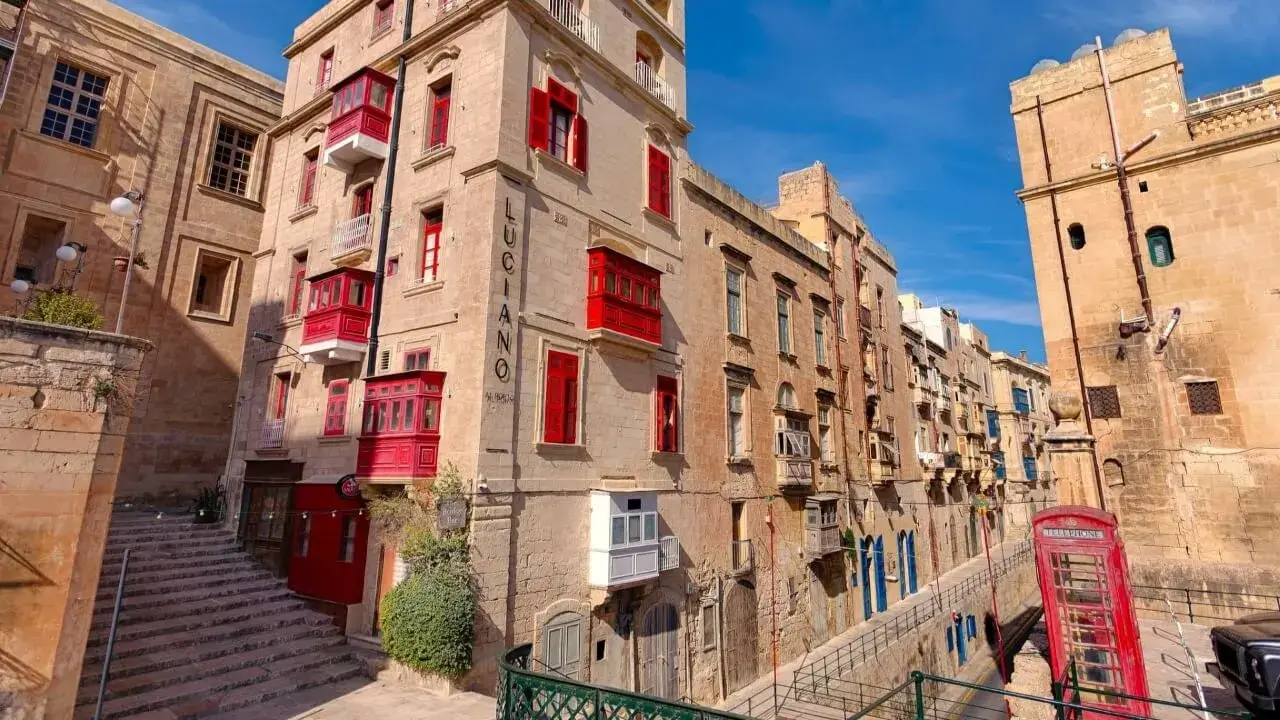
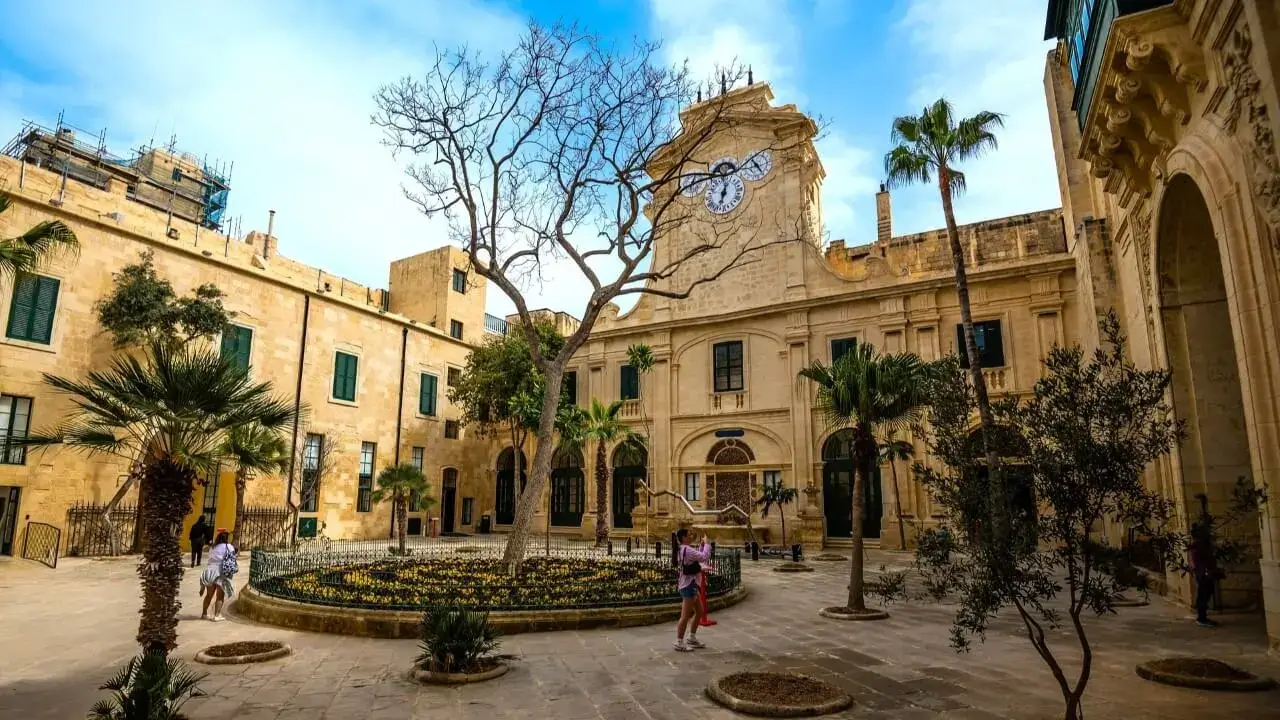
Valletta, the capital of Malta, is not only the smallest in the European Union, but also a vibrant center of history and culture. Despite its compact size, this city stands out for its impressive concentration of historical and architectural sites. Furthermore, Valletta is known for its active cultural life and events that are held throughout the year, offering visitors a rich experience on every visit.